
Salt marshes like the one shown in (A) are often found in lagoons. This is where muddy sediment, rich in organic material, collects. This muddy sediment may eventually form a rock like the shale shown in (B). Sometimes there are little layers in the shale called laminations that formed when the sediment settled down to the bottom of the lagoon. Other times, plant roots disrupt the laminations and they are impossible to see.
Back to the Table of Environments
(A) Bruce Molnia, Terra Photographics courtesy of Earth Science World Imagebank and (B) courtesy of State of New York.
Last modified January 6, 2004 by Lisa Gardiner.
You might also be interested in:
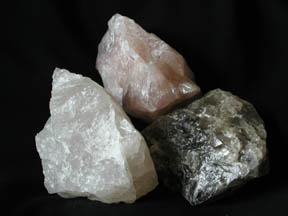
Spotting minerals is fun! There are many different types of minerals, each with a different name and a special set of characteristics. So, if you find a mineral that you do not recognize, you can use
...more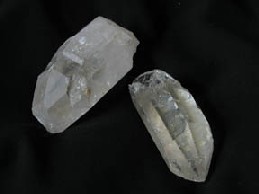
Quartz is one of the most common mineral in Earth’s crust! Silica (Si) and Oxygen (O) are the only elements within pure quartz. If a cooling magma has silica leftover after feldspars form, quartz is likely
...more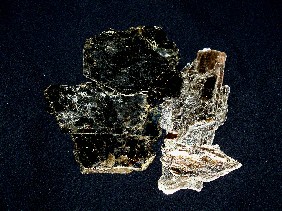
Mica minerals make some rocks sparkle! They are often found in igneous rocks such as granite and metamorphic rocks such as schist. They sparkle because light is reflected on their flat surfaces, which
...more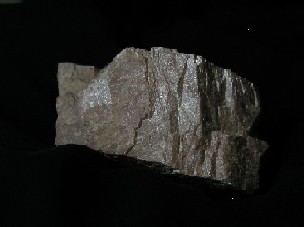
Feldspar is the most common mineral in the Earth’s crust, so you are very likely to find it in the rocks you collect! It is found it all of the three rock types, but is most common in intrusive igneous
...more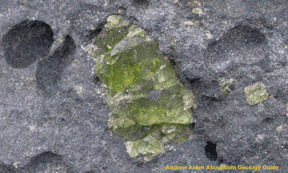
Olivine looks like little green crystals. It is typically found in some igneous and metamorphic rocks. Often the crystals are so small that you need to use your hand lens or magnifying glass to see them
...more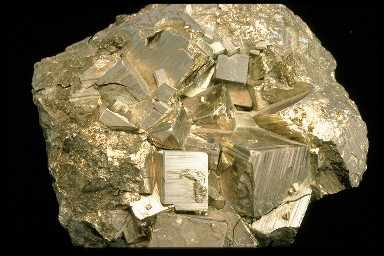
So far, over 2000 minerals have been found, and every year new ones are discovered. That's a lot of minerals! Don't worry! You don't need to know them all to be a rock hound. In fact, only a few dozen
...more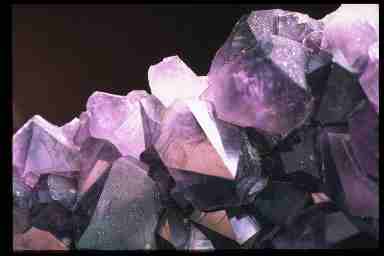
Minerals are the building blocks of rocks. They are non-living, solid, and, like all matter, are made of atoms of elements. There are many different types of minerals and each type is made of particular
...more















